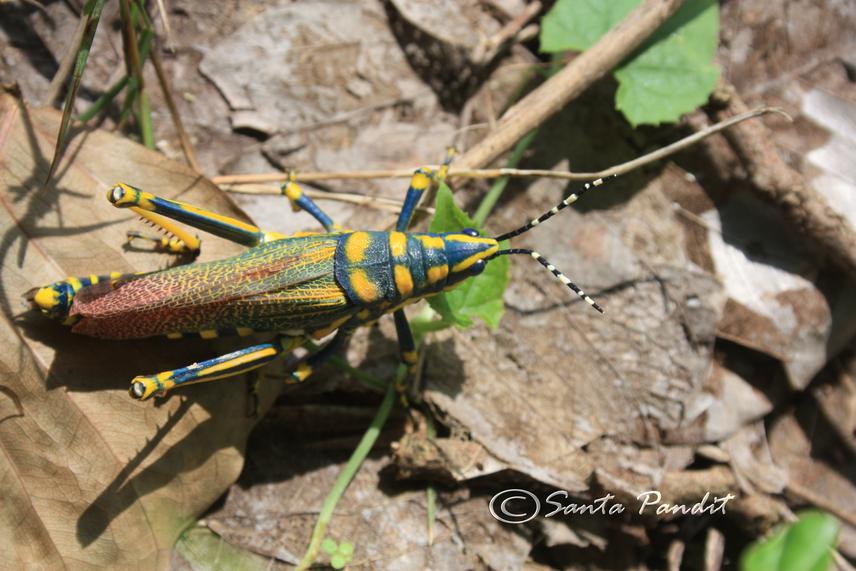Santa Pandit
Laljhadi Corridor in western lowland Terai of Nepal is experiencing high pressure due to encroachment and deforestation. Thus, this project has been designed to conduct conservation activities within the Corridor area.

A biological corridor, alternatively termed habitat corridor, provides functional linkage between-conserving habitat for species movement and for the maintenance of viable population. Laljhadi corridor connects two important protected areas: Nepal’s Shukla Phanta Wildlife Reserve and India's Dudhuwa National Park and covers an area of 15,500 ha and encompasses five VDCs. These VDCs, every year experiences heavy flood from the nearby river, as a result encroachment has started severely inside the forest mostly in the peripheral region (100 to 1500m). It is experiencing high pressure due to encroachment and deforestation activities of free-bonded labours, flood victims and landless people. About 3000 households are dependent on Laljhadi corridor for settlement and forest products. As a result many species are threatened to their existence. In this regard urgent action is needed to preserve these biological corridors to conserve the mega species and biodiversity.
Thus, this project has been designed to conduct conservation activities within the Corridor area. To address the precarious situation of Laljhadi corridor we should bring positive attitude of peoples towards its conservation. This can be achieved through effective means of awareness campaigns. School students will be mobilized in conservation related activities through formation and strengthening eco-clubs. Further, formation of Community Based Anti-Poaching Unit to safeguard biodiversity and natural resources from illegal activities such as poaching and illegal collection of forest products in the corridor will help in conserving biodiversity. Also, effective programs like training to women groups on production, usage and marketing of bio-briquettes will help to reduce the direct dependency on forest resources of the corridor. Apart from the awareness campaigns, one year radio program will be on-aired in the local language with the view to have listeners on the sustainable use of natural resources and importance of conservation of corridors. Plantation of medicinal plants and the tress that support anchoring to the soil near the bank of the river and the area where there is complete absence of tress is another main activity in the proposed area.